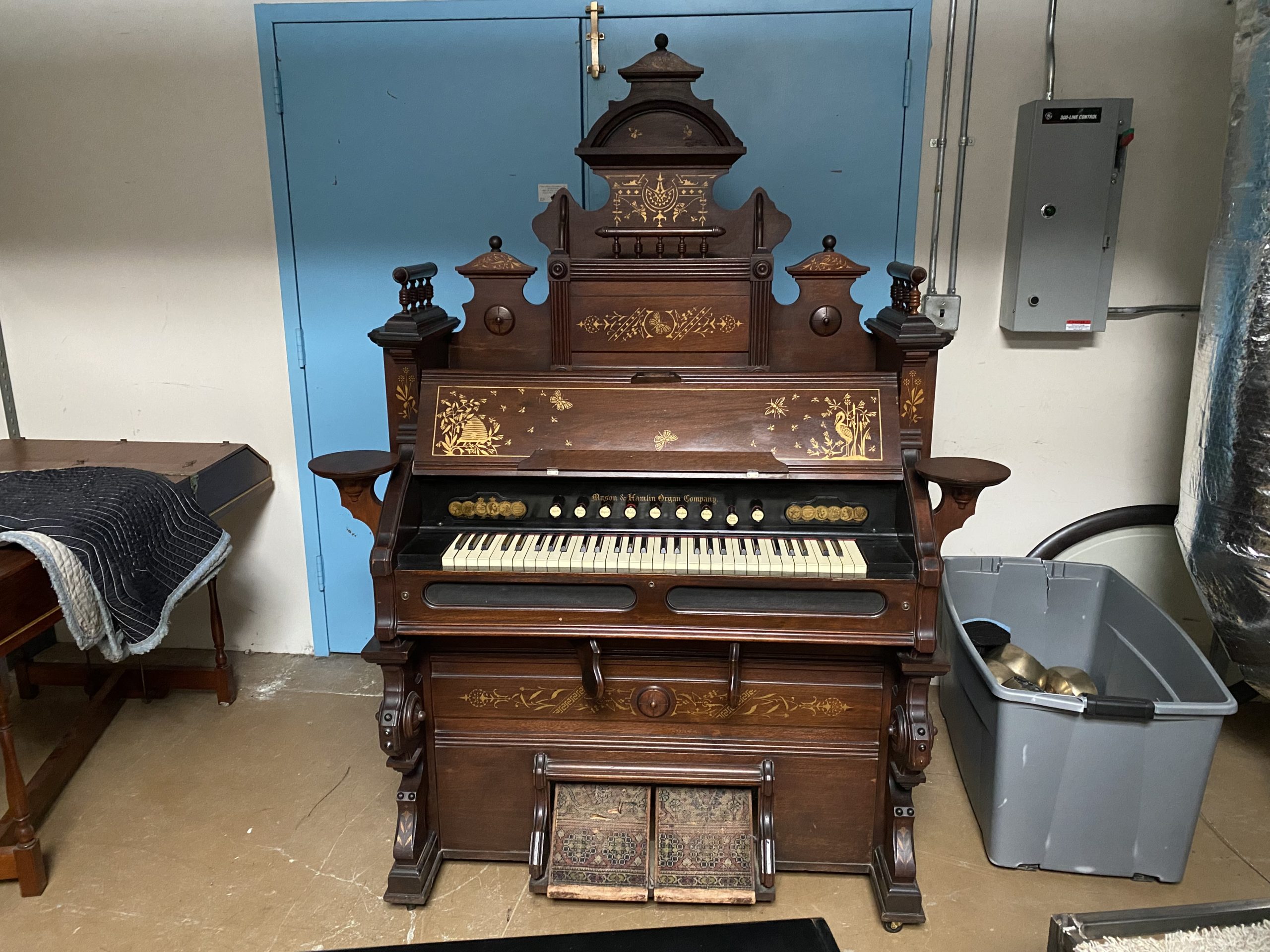
Igor Stravinsky Letter- 1923
1 and 1/2 pages (1 sheet, 2 sides) Paris, July 5, 1923; to Madame Vera Janacopoulos; in French On pictorial letterhead of Pleyel Lyon &

1 and 1/2 pages (1 sheet, 2 sides) Paris, July 5, 1923; to Madame Vera Janacopoulos; in French On pictorial letterhead of Pleyel Lyon &

ca. 1650-1680 The plucked strings of the harpsichord produce a bright, resonant sound. This harpsichord, including the keys, is constructed entirely out of wood, except for

1869 This 1869 piano was built by Johann Baptist Streicher, the third-generation piano builder in the Stein-Streicher family. The Streicher firm was established by his

1795 In 1761, 29-year-old cabinetmaker John Broadwood was said to have walked 400 miles to London to work for harpsichord maker Burkat Shudi. Upon taking

Signed photo with a bit of “Stars & Stripes” Dated Dec. 25, 1896 & signed March 6, 1922 Separate signature dated April ’97 with
ca. 1896 In 1895, Leipzig-based Kalliope Musikwerke began producing a large number of disc-type music boxes. In the 1880s, Paul Lochmann, founder of the Symphonion

ca. 1913 Ralph Kenny was a professional trombonist in Minneapolis and principal in the Minneapolis Symphony from 1903-1919. Kenny established his instrument factory in 1907,

July 23, 1815 to Joseph van Varena re: selection of piano 3 page in German

1891 Reed organs were immensely popular in the 19th-century with Mason & Hamlin, one of the most well-known manufacturers. To make sound, a player pumps

Chicago, ca. 1908 This concert harp has 45 strings and 7 pedals, each corresponding to a different note of the musical scale. When the player

ca. 1920 This instrument was invented in France in 1886 by Auguste Mustel. In the celesta, the hammers strike metal plates – usually steel –